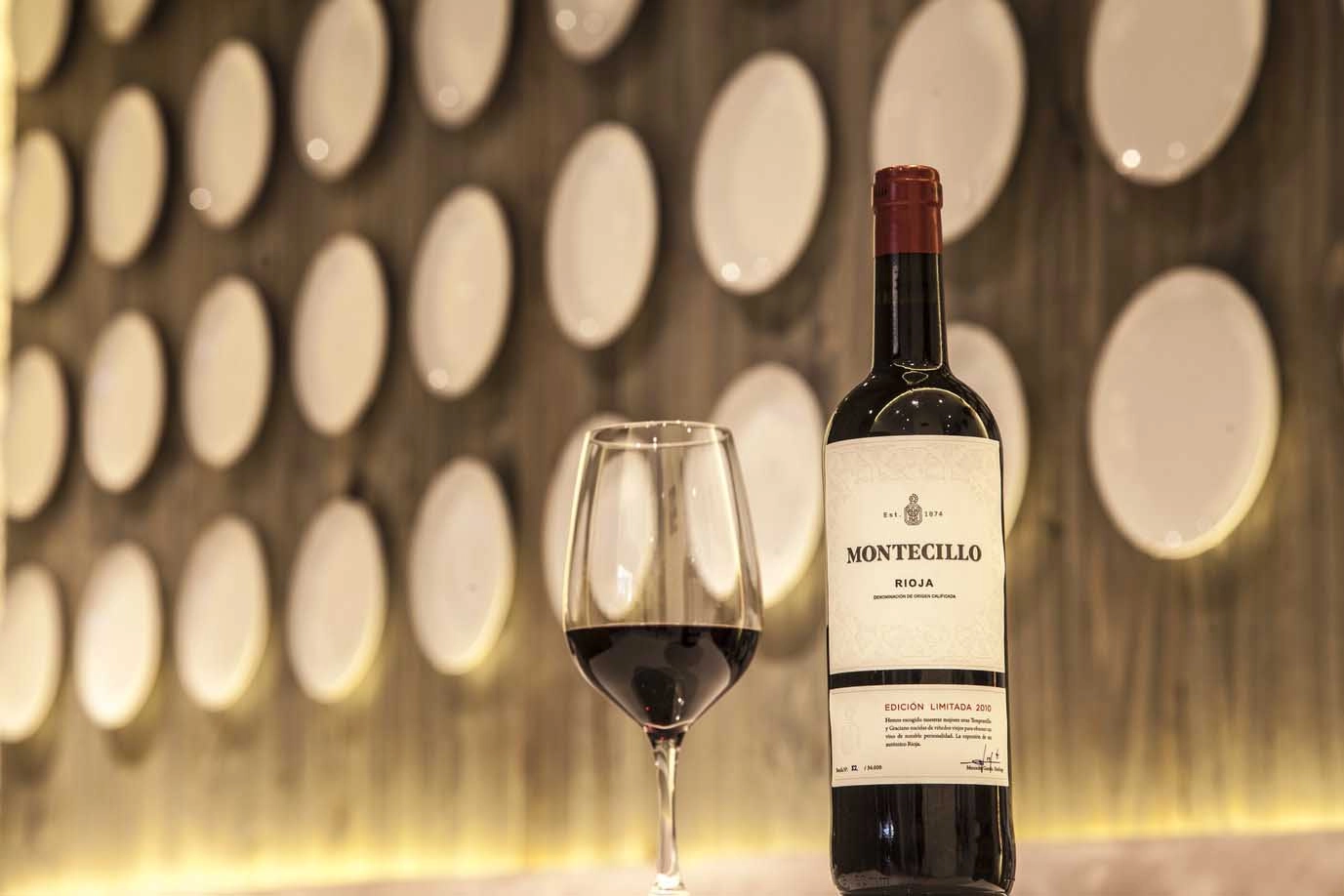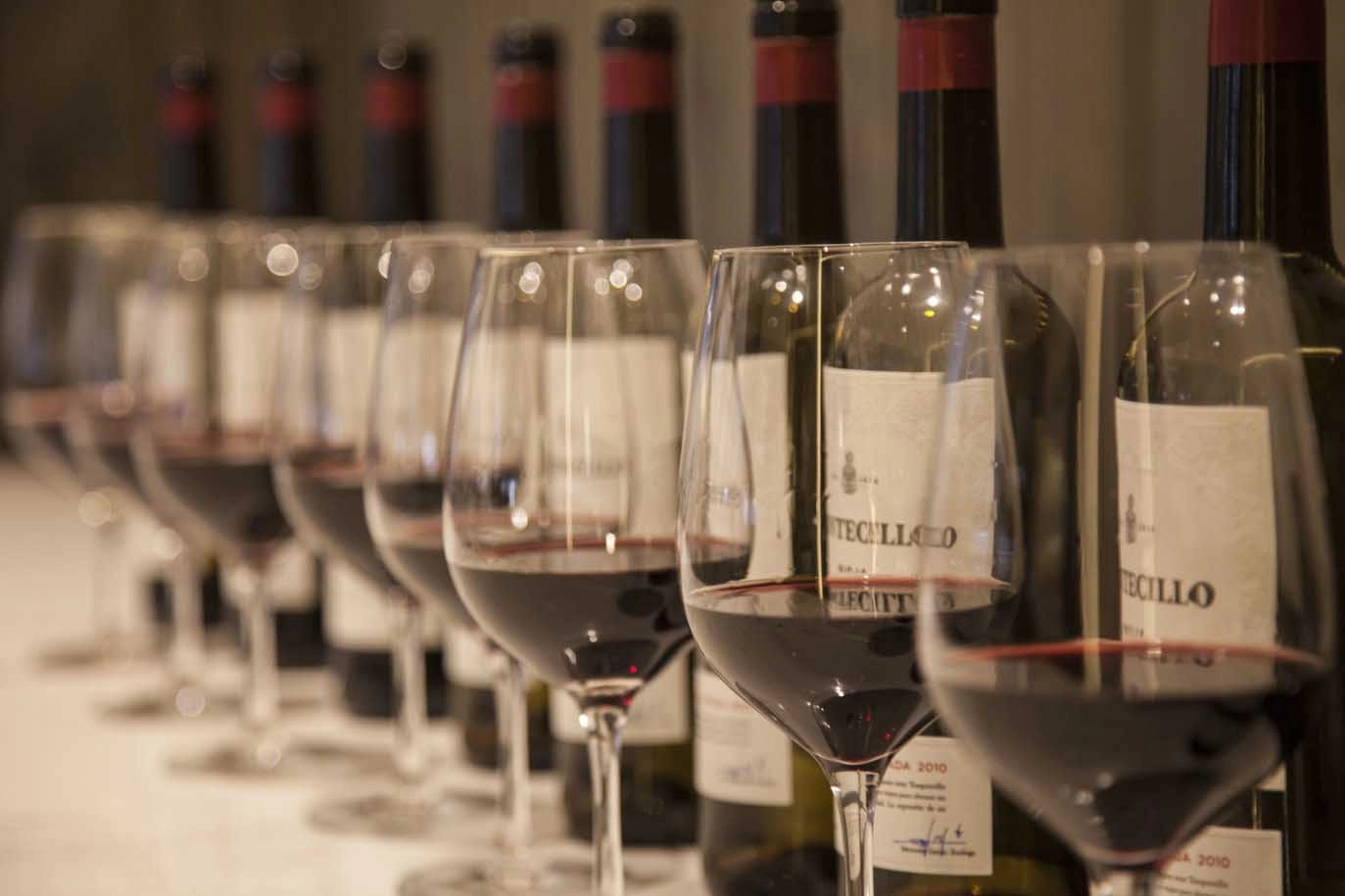After telling you about the “Judgement of Paris” and its immediate consequences for the New World, we are going to see how this occurrence affected the D.O.Ca. Rioja, because it did affect it and in no small way.
Before embarking on the story, we should talk about Michel Rolland, perhaps the most influential winemaker of modern times.
Such is his fame that he is both one of the most admired and most hated characters in the wine world.
The reason behind his considerable notoriety is down to his outspoken belief that winemaking is just another industry, an industry that has to be profitable, generate a return and therefore should be orientated to the customer’s taste.
As he has tirelessly repeated time and time again through his career: more than anything, wine is a business.
Without removing the poetry and mystery from wine, his maxim is that wines should be made to be sold.

His career started back in 1976, the year in which the famous tasting in Paris also took place. Back then, he and his wife managed an oenological laboratory on Bordeaux’s Right Bank. From this high performing outpost of the wine world, he began to consult for the areas most prestigious wineries: Château Ausone, Château Angelus, Troplong Mondot, he even crossed to the other side of the Gironde River with Château Lascombes.
You should understand that at the time, just after the Parisian tasting, French wineries were anxious to react, thinking that the trend was for the practices of the New World.
They wanted to modernise their style of wine.
Rolland seemed to hold the key, along with the fact that his highly oaked, concentrated, powerful style of wines, with lots of ripe fruit, toasted and resinous notes went down very well with Robert Parker, who had become the most influential wine critic of the time.
A new concept of red wine had arisen in Europe.
The Rolland effect went viral. The application of his «recipe” seemed to know no bounds, and spread to wherever he was called to produce, either participating actively in all stages of the process or consulting from afar.
There isn’t enough scroll-down to list all the wineries at which Rolland has worked as a consultant. Let’s just say that we are talking of more than 400 wineries, a role call that includes some of the world’s most prestigious houses. And includes one or two from the D.O.Ca. Rioja.
Rolland’s Spanish Tour started in 1985, in the Rioja D.O.Ca., just as Bodegas Palacio passed into the hands of a group of investors led by the Frenchman Jean Gervais, who had no second thoughts about enlisting Rolland to create a new style of Riojan red wine under the Cosme Palacio label. This was how the first «High Expression» wine in the D.O.Ca. Rioja was born. The first in a long line of wines that continues to the present day.
However, the first leap forward in terms of this type of wine in Spain came from Marqués de Riscal and its now mythical Barón de Chirel.
It arose in 1986 as the result of a experiment that started with a selection of grapes from old vines, many of them centuries-old, which offered great quality but very low yields.
The result was the true precursor of what have come to be known as «High Expression» wines, although still with a clear Riojan identity.
It continues to be produced today, although only in vintages with sufficient quality, and since the last decade it has only been aged in French oak.

To explain these historic precedents we have spoken several times about «High Expression» or what are also known as «Winemakers’ Wines», although there is no legal definition that controls the use of these terms.
Really, we are talking about a product that each winery uses to showcase the peak of their winemaking ability, in fact, they often dispense with the Regulatory Council’s norms at the time of making it, giving free rein to their creativity.
Although they do seem to have several factors in common, with a certain consensus in seeking high phenolic ripeness in the grapes to create very concentrated wines. Associated with this, they tend to favour the idea of «estate» or «single vineyard» wines, intensity on the palate, and of course, a lot of structure.
These are wines that easily reach 15º of alcohol, something never before seen in the region, and they even prefer to label the wines with the basic categories of DOCa Rioja «Guarantee of Origin» or «Crianza,» when they could, perfectly easily, be considered «Gran Reserva» or «Reserva» wines, although they wish to avoid the ageing in barrel and bottle required for these classifications.
That is to say, each winery seeks to give each wine the amount of barrel, or bottle, ageing that they consider to be appropriate depending on the specific characteristics of each vintage and the style of wine that they wish to produce. As these criteria may or may not correspond to the relevant legislation, they choose to work outside the traditional ageing categories.
We should also mention another subgenre, which, although it is not exactly the same as the previous styles mentioned, is very much in the same vein, and is what in France is called «Garage» wine, those wines made in ultra-limited quantities, offering the highest quality through the extreme selection of grapes to obtain the maximum concentration.
One of the most famous wines in this class is La Mondotte, a red wine from Saint Emilion (Bordeaux), a bottle of which can easily exchange hands for more than 500 euros.
Now your mission is to try them and see which style you like best.
As Michel Rolland says, there is no one who knows more about wine than you, as it is down to your personal taste.
We are all our best experts.
Responsible: GRUPO OSBORNE S.A.
Purpose: Attention of consultations and sending information.
Rights and additional information: You can exercise your rights regarding the processing of data and obtain additional information in the privacy policy of our website.
